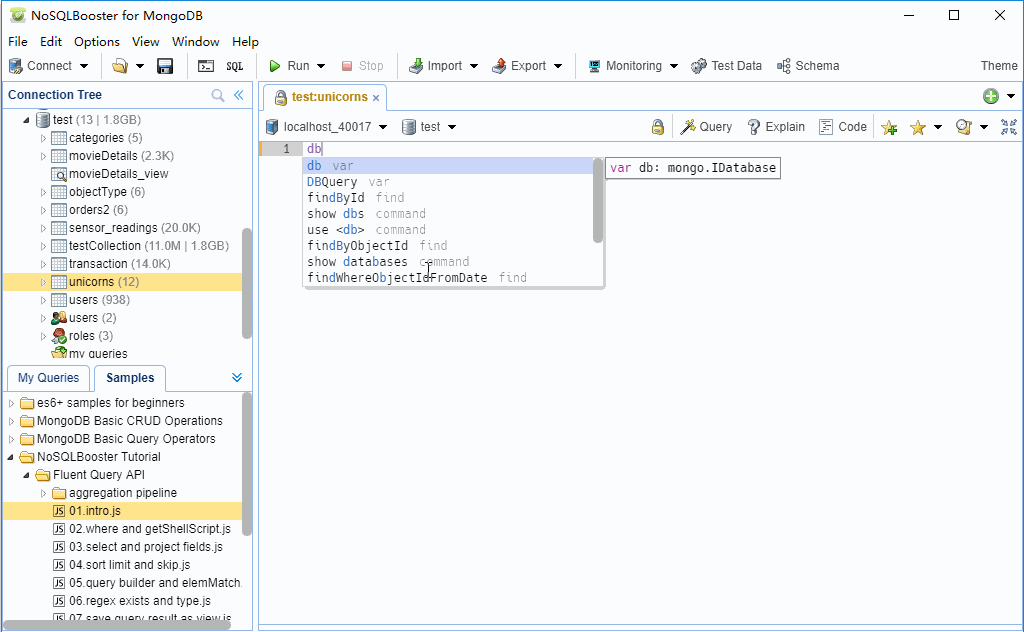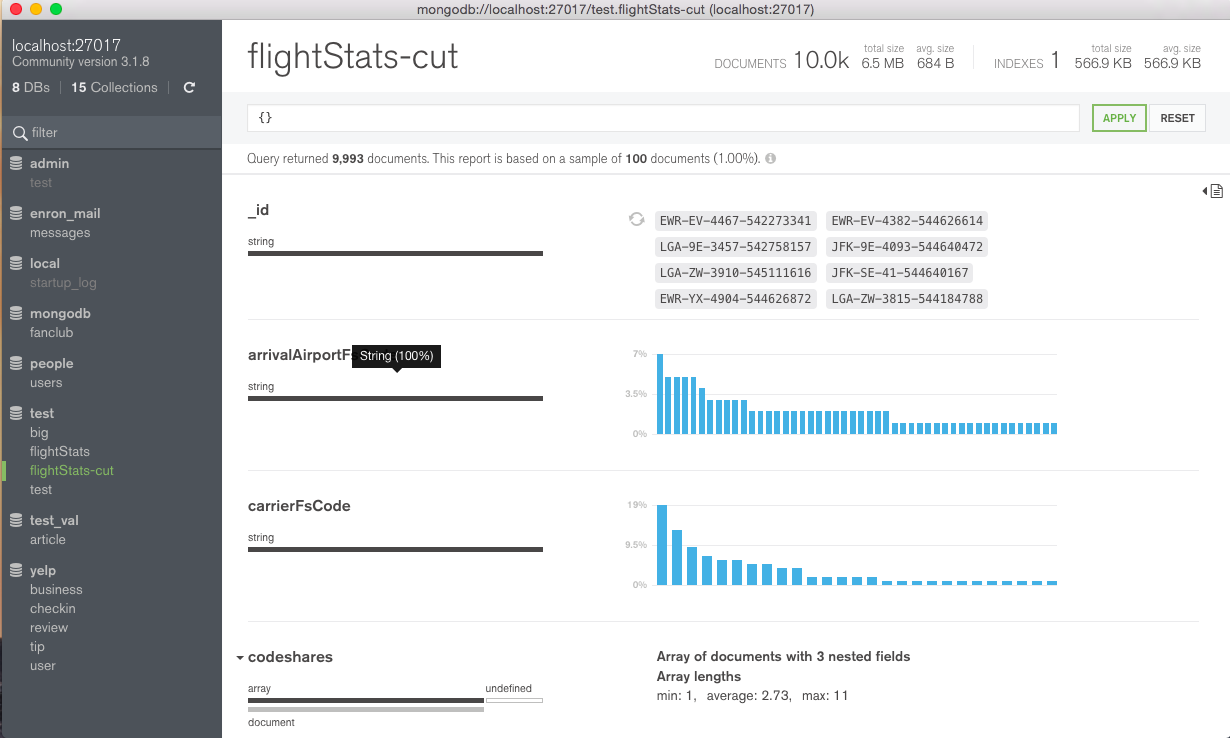There are several tools available on the market to manage your database MongoDB . They have improved productivity in development and administration tasks, and they also help to shorten the learning curve for those just starting out with databases. NoSQL or coming from SQL . I've put together a list of some of the most popular and free tools I've ever used and recommend.
Robo 3T (formerly Robomongo)

Robo 3T (formerly Robomongo) is one of the most popular and free graphical interfaces for MongoDB lovers. Lightweight and open source, supports multiple platforms (Mac, Linux and Windows) and also incorporates command line mongo in your application to provide interaction for more advanced users. It is developed by 3T Software, the team behind the IDE Studio 3T .
Main Resources
- Embedded command line
- Asynchronous and non-blocking interface
- Support for MongoDB 4.0+
NoSQLBooster (formerly MongoBooster)

NoSQLBooster (formerly MongoBooster) is another popular tool for managing your database. Available on a variety of platforms (Mac, Linux, and Windows) it is mongo command line centric and provides monitoring capabilities, query builder with autocomplete, SQL queries, and ES2017 syntax support.
Main Resources
- smart autocomplete
- SQL queries
- Building chained queries
- Schema Analysis
- server monitoring
NoSQL Manager

This administration tool blends the user-friendly interface and the power of the command line. Offers high performance with support for all the latest features of MongoDB and MongoDB Enterprise.
Main Resources
- Graphical interface for MongoDB command line with auto-completion of code
- Three views: Tree, Table and JSON.
- Importing tables from MySQL and SQL Server databases
- Exporting documents to CSV, XML, XLSX and JSON formats
MongoDB Compass

MongoDB Compass is developed by the MongoDB team itself. It provides users with a graphical view of their MongoDB schema without the need for the command-line query language.
Main Resources
- MongoDB Compass parses documents and displays key structures in a collection using ad-hoc queries in seconds
- Supports quick information about server status and query performance
- Allows you to view query performance
- Helps users make decisions about indexing, document validation, and more
- No need to write to the command line
0
votos
